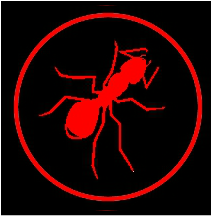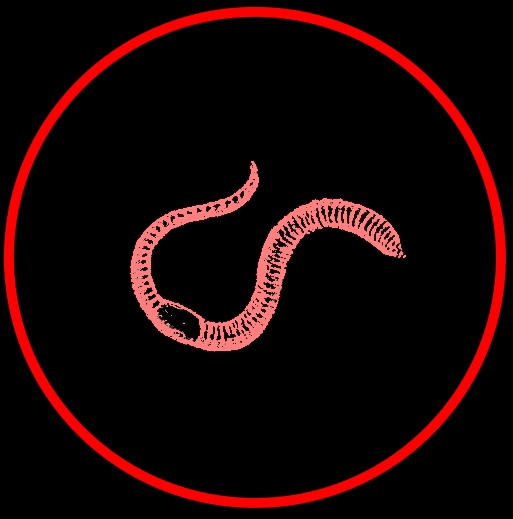Caecilian
Siphonops brasiliensis
(synonym: Luetkenotyphlus brasiliensis)
(synonym: Luetkenotyphlus brasiliensis)
Where is it found?
Tropical forest
Diet and foraging method
Key adaptations
Caecilians spend most of their lives burrowing underground or in leaf litter, so they have a hard skull, pointed snout and strong muscles to push themselves through the ground. Their sight is limited to light-dark perception, but they have an acute sense of smell and extra sensory tentacles to help them detect prey.
Social organisation and mating system
N/A
Did you know that...?
In some Kenyan species of caecilian, the offspring eat an outer layer of their mother's skin which is high in fat and nutrients!
Taxonomy
Picture credits:
Maps from: http://species.mol.org/species/
"Caecilian wynaad1". Licenced under CC BY-SA 3.0 via Wikimedia Commons - https://commons.wikimedia.org/wiki/File:Caecilian_wynaad1.jpg#/media/File:Caecilian_wynaad1.jpg
"Bombay caecilian" by Uajith - Own work. Licenced under CC BY-SA 3.0 via Wikimedia Commons - https://commons.wikimedia.org/wiki/File:Bombay_caecilian.jpg#/media/File:Bombay_caecilian.jpg
"Caecilian wynaad1". Licenced under CC BY-SA 3.0 via Wikimedia Commons - https://commons.wikimedia.org/wiki/File:Caecilian_wynaad1.jpg#/media/File:Caecilian_wynaad1.jpg
"Bombay caecilian" by Uajith - Own work. Licenced under CC BY-SA 3.0 via Wikimedia Commons - https://commons.wikimedia.org/wiki/File:Bombay_caecilian.jpg#/media/File:Bombay_caecilian.jpg






